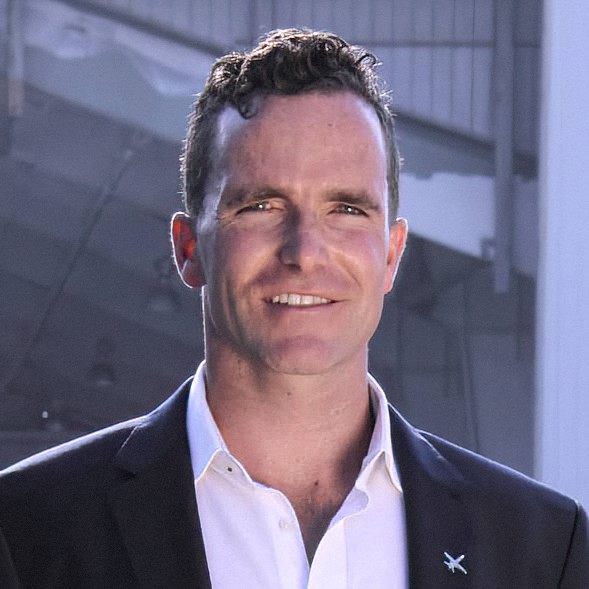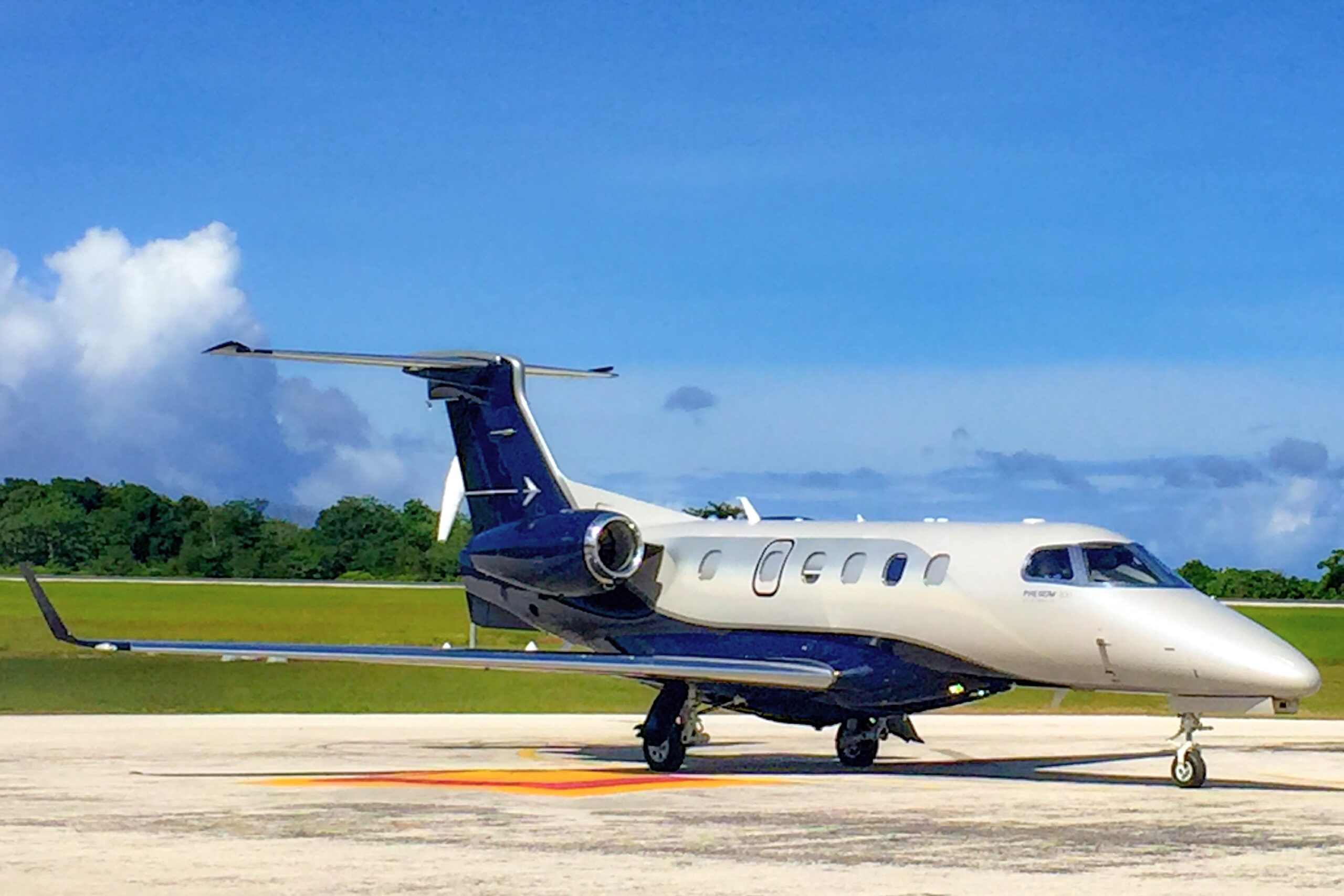There are recent changes to the insurance requirements for Embraer and Phenom aircraft pilots at CAE SimuFlite. CAE now requires that pilots provide a certificate of insurance with a liability limit of $50 million for commercial use and $20 million for personal use, along with a waiver of subrogation. However, these limits are higher than what most pilots are able to attain, and could lead to increased insurance rates. Negotiations are ongoing to find a middle ground that benefits both aircraft owners and CAE SimuFlite.
What are the annual insurance requirements for pilots?
It is well known that insurance companies have several requirements, one of which is annual training in make and model for turbine and high value aircraft training. To get insured, you must complete initial training in-aircraft or in a simulator for the same make and model aircraft and annually thereafter. Some insurance companies will approve in-aircraft training at an “Approved” training facility and others require full motion simulators.
CAE SimuFlite is one of the largest training services globally. It offers training to pilots and maintenance professionals operating turbine aircraft. The other main simulator training providers are Simcom and FlightSafety.
This change is most relevant to owner-pilots
For Embraer and Phenom aircraft, CAE Simuflite is the leading training provider for pilots. There’s also a joint venture between Embraer and CAE SimuFlite called Embraer CAE Training Services (ECTS).
This includes, but is not limited to:
In the past, Embraer pilot training consisted of scheduling a training slot and going to CAE SimuFlite for two weeks for initial training. Then, you go for a week of recurrent training every subsequent year. But the insurance requirements are beginning to change, which transfers some additional risk to the Embraer operators. The biggest problem as of 2023 is scheduling a training slot. Most of these training providers are booked out for several months in advance with some of the aircraft booked out for six months.
What is CAE changing for 2023?
In the past all that was required was a signature under the hold harmless and indemnity clauses section. But, indemnity and hold harmless clauses are tough to uphold in court and are specific to state law, which is why they are requiring not just a “sign here”, but the certificate of insurance with Waiver of Subrogation. This is actually normal for the in-aircraft training community because it gives the trainer pilot and flight school some additional protection by being included as Additional Insured with a Waiver of Subrogation.
Certificate of Insurance
CAE requires that clients provide this certificate before training. The certificate of insurance requires a liability limit of $50,000,000 for Commercial Use and $20,000,000 for Personal Use. These limits are completely out of touch with what insurance companies are willing to provide for a single pilot turbine aircraft. The highest single pilot limit available for Professional Pilots is $50,000,000 which is getting harder and hard to get. It’s more common to have a $10,000,000 or $25,000,000 liability for Pro Pilots. Owner Pilots are typically limited to $5,000,000 or sometimes $10,000,000 in rare circumstances, where the insured has inherited this limit from prior years when the insurance market was soft.
Waiver of Subrogation
CAE requires that the aircraft owner’s insurance company will not subrogate against CAE’s insurance company for Hull or Liability insurance claims which they would otherwise be liable for. The waiver of subrogation prevents the aircraft owners insurance company from suing CAE’s insurance company for reclaiming losses payable under the policy from something like negligence of training.
Why is CAE changing the requirements?
CAE took this action to protect itself from liabilities to transfer risk from CAE to the aircraft owner’s insurance policy. So, CAE simply transferred the liability and risk back to the aircraft owners as primary and their insurance as secondary.
The new liability limits are not practical
Every training center has the right to set its terms and conditions, but the problem is CAE’s limits are impractical. The liability limits they require are too high, making it impossible for most clients to get the required liability limits. $50M Single Pro Pilot and $20M Owner Pilot is unrealistic in today’s insurance market.
Most owner pilots have a limit that falls between $1,000,000 and $5,000,000, with the average being $3,000,000. It’s not possible to get a very high limit insurance policy, as most insurance companies will offer a liability limit of $50,000,000 for single pilots and $100,000,000 for dual pilots, but not for owner pilots.
Besides not being attainable, the liability limits CAE set can lead to increased insurance rates for aircraft owners. Since insurers will take on more risk, possibly leading to more losses, it will only be wise enough to increase rates. In the end, aircraft owners will have to pay higher rates.
What can you do to negotiate with CAE?
Negotiate with CAE to access your policy liability limit and continue with your scheduled training slot. Finding a middle ground is still a work in progress. A middle ground should ensure that the terms and conditions favor aircraft owners and CAE SimuFlite. With the current conditions, the trainees are having to negotiate down the required liability limits.
Aircraft owners have to contact CAE attorneys to inform them they cannot get the limit required. There’s a need for individual negotiation with CAE to beat down the policy limits to something lower or even down to your current insurance limits. Don’t cancel your training slot because of these requirements, instead get CAE to approve your policy limits.
Other options available
There are also in-aircraft training providers that many Phenom pilots prefer such as Norton Aviation and Jeff Mossy at Mossy Single Pilot Training.
Are these new aviation insurance requirements here to stay?
One main problem is that CAE has a monopoly on the owner-flown Phenom simulator market. Some in-aircraft alternatives are Norton Aviation. Although there are other training centers for Phenom, Embraer will most likely refer you to SimuFlite. This is because it is the most prominent Phenom trainer.
This monopoly is the reason owners have very few options for initial and recurrent training. However, some pilots have mentioned that CAE allows them to train with other providers because the training center is fully booked.
Ben’s Opinion
As said earlier, CAE has the right to set its terms and conditions. Their risk manager is also correct in wanting a certificate of insurance. But, the problem is that the policy limit is too high. The limit is unattainable by owners, leaving them to a negotiation on their individual basis.
Thus, CAE has to be more considerate of the trainee’s position. They also have to be willing to work with Phenom and Embraer owners to use their current liability limits. Such steps will help both parties come to a suitable agreement. One that favors both parties.
If you are a Phenom or Embraer owner and have issues regarding the training requirement, contact us today. We will discuss the available options and guide you through the process.
Sunset Aviation is a premier aviation broker that specializes in airlines, corporate jets, helicopters, charter companies and the like. Our team of knowledgeable professionals can help you through your aircraft insurance, making the process seamless.
We offer the best rates and always ensure we are available to give quality advice to our clients. Call us today or schedule a consultation to discuss your insurance or for advice on your training with SimuFlite or any other training services.

Benjamin Peterson
Graduated from the University of North Dakota with a degree in Commercial Aviation as a Pilot and Flight Instructor. My first professional job was working for Cirrus Aircraft as an instructor.
